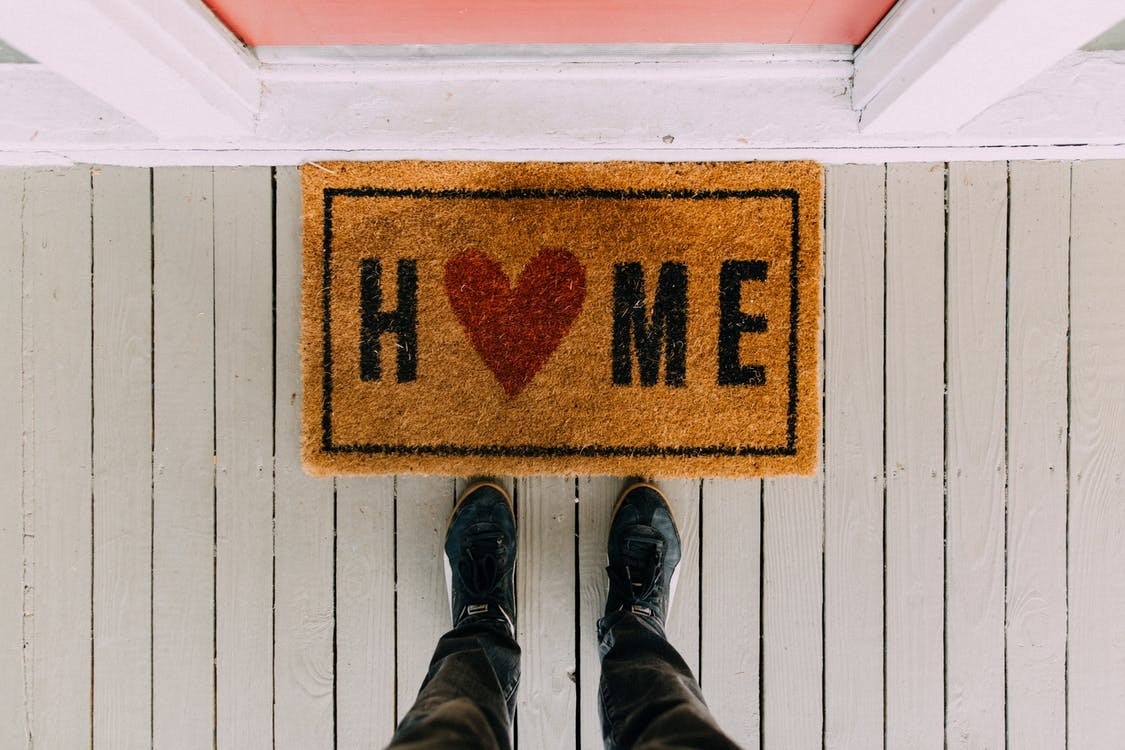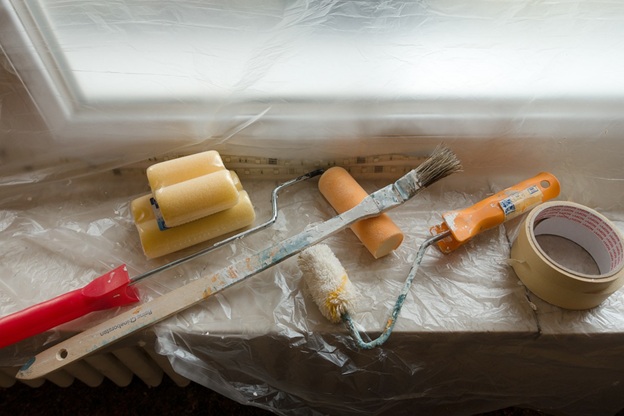For seniors looking for a new venture, house flipping offers a compelling blend of creativity…

Should you buy a move-in ready home or a fixer-upper? This is a question you must answer if you are in the market for a new home. A move-in ready home means zero waiting period between the time you complete the purchase and when you move into the home. But with a fixer-upper, you’ll have to wait a bit before your new home is ready.
If you ask homebuyers which option they prefer, each person will give you their reasons for preferring one option over the other. But this is not a question you can solve by adopting another person’s preferences. You should know how the option you choose will affect you. This means understanding the implications of each alternative.
When considering whether to buy a fixer-upper or a move-in ready home, the key issues are cost, convenience, customization, and control offered by each option. These four factors will influence your buying experience.
How do you know if buying a fixer-upper or a move-in ready home is the better option for you?
Pros and cons of buying a fixer-upper
- Buy in a more expensive neighborhood
If you are looking to buy in an expensive neighborhood where home prices could exceed your budget, you may want to consider buying a fixer-upper. Fixer-uppers allow you to buy at a lower cost so you can afford to renovate.
- Customization
Buying a fixer-upper means you are not stuck with someone else’s design. From the architectural details to the appliances, you have the freedom to redesign the home to suit your preference. When you buy a fixer-upper, you can make the home uniquely yours.
- You can save money, but…
With a fixer-upper, you save on the purchase, but you have to spend money to fix up the home. By the time you finish renovating the home, your costs could surpass the purchase price of a move-in ready home. A fixer-upper could end up being more expensive.
- Hidden problems
The biggest challenge with buying a fixer-upper: you are never quite sure what to expect. Even with a property inspection, there is potential for nasty surprises since you don’t know the extent of the problems until you start to tear the structures down.
- Issues with insurance and financing
If there are structural issues with the home, you will have difficulty financing the purchase and insuring the home. This is because of the greater financial risk a fixer-upper home poses to lenders. You often need to find other ways to finance the purchase.
Pros and cons of a move-in ready home
- Convenience
There are almost no hassles when you buy a move-in ready home. You don’t need temporary accommodations while the home is undergoing repairs and you don’t have to know anything about home renovation. The process is predictable when buying a move-in ready home.
- Perfect for cash-strapped buyers
There are two reasons why buying a move-in ready home is the better option when you are operating on a tight budget. Firstly, if the home requires repairs, you have a clear idea of the cost. Secondly, you know what your costs will be every single month after you buy the home.
- Higher cost
A move-in ready home is naturally more expensive than a fixer-upper. The higher cost is due to the up-to-date features of the home, as well as the lower risk of buying that house. With a move-in ready home, someone else takes on the risk of bringing the home up to standard and you have to pay them for taking that risk.
- Not customized
What if you don’t like the layout of the move-in ready home? Although finished and ready for occupancy, the design may not be to your liking. The features of the home are based on someone else’s ideas of what your home should look like. If you want to update the home’s design, you will spend money for changes.
- Financing is easier
Financing is easier when you buy a move-in ready home. Most lenders structure their mortgage loans with move-in ready homes in mind. The same is true for insurance companies. Once the appraiser sees that the house is in good shape, you are usually good to go.
The verdict: Fixer-upper or Move-in ready?
Buyers often think fixer-upper homes are a better option because of their lower upfront cost. But this can be a costly mistake due to the riskiness of renovating a fixer-upper home. There could be many potential pitfalls and it is not advisable to use this option if you are unfamiliar with home renovations.
In addition to the cost of the repairs, financing the purchase, and insuring the property, you could have issues with managing contractors and finishing the project on schedule.
While you have the freedom to redesign the home to suit your preference, the safer option could mean saving more money and waiting until you can buy a move-in ready home. With a move-in ready home, you can minimize risk and maximize your rewards.





